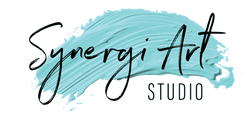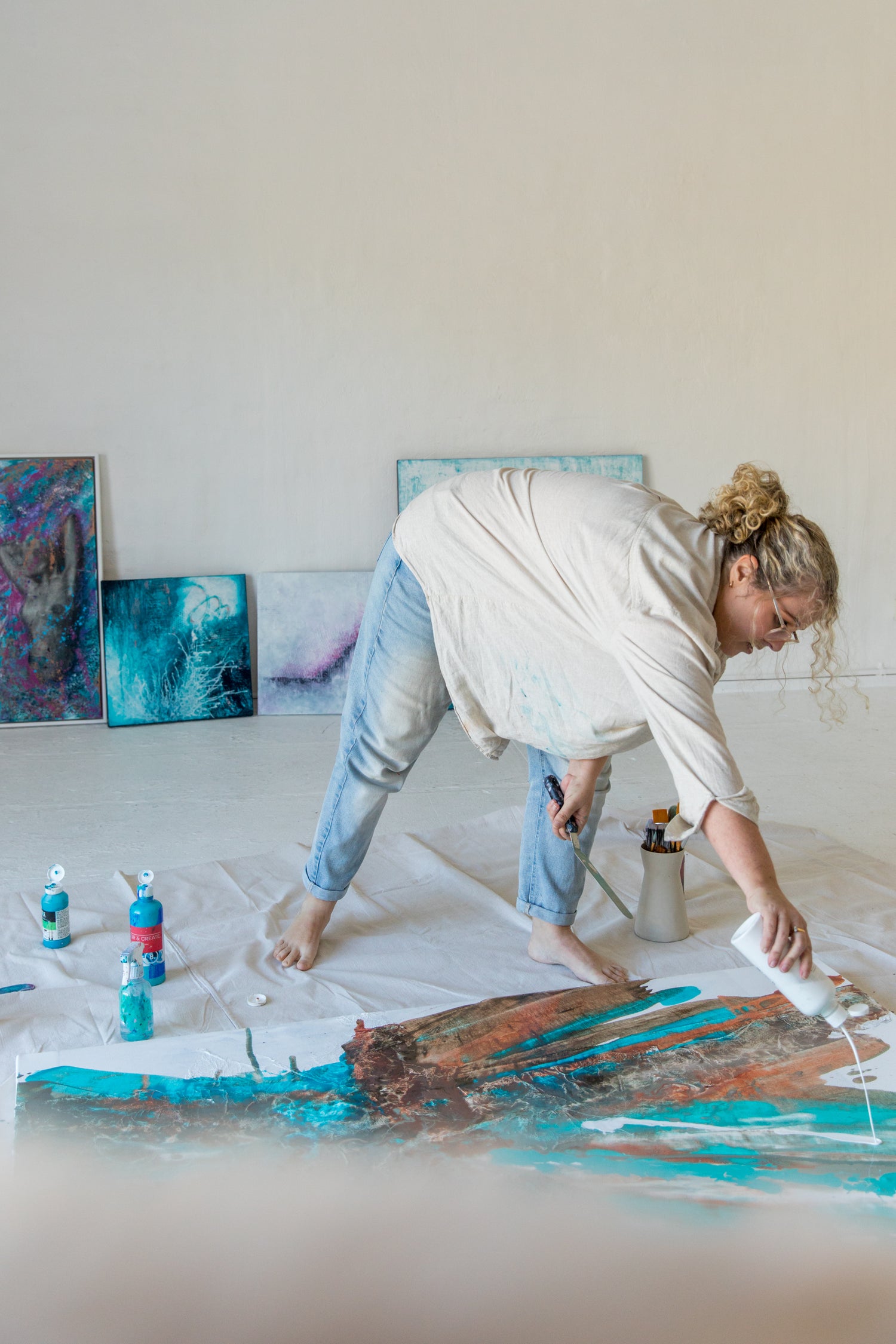Abstract art, with its enigmatic forms and vibrant interplay of colors, often defies traditional interpretation and direct narrative. Much like the elusive meanings in dreams, abstract art challenges viewers to explore beyond the surface, suggesting a profound connection to the subconscious mind. We explore how abstract art not only mirrors the techniques used in psychotherapy, such as dream interpretation, but also serves as a medium for expressing and understanding deeper subconscious thoughts and feelings.
Exploring the Subconscious Through Abstract Art
The limitations of realistic representation are not present in abstract art, which makes it the perfect medium for communicating the complexity of the subconscious. Artists like Wassily Kandinsky and Mark Rothko viewed their work as expressions of inner spiritual states, emphasising the emotional and psychological impact of shapes, colors, and compositions. This section will delve into how abstract art can act as a form of non-verbal communication, revealing the artist’s inner world and evoking personal introspection in viewers.
- Visual Language of the Subconscious: Just as dreams use symbols and scenarios to communicate underlying thoughts and emotions, abstract art uses visual elements to represent aspects of the subconscious. The colors, forms, and spatial arrangement in abstract pieces often correspond to artists' emotions and mental states, much like how dream symbols are manifestations of subconscious issues or desires.
- Emotional Resonance: Abstract art often evokes a visceral, deeply personal response that might be hard to articulate but feels significant and meaningful. This emotional resonance is comparable to the emotions sparked by dream interpretation, where uncovering the hidden meanings of dreams can result in profound emotional insights and personal revelations.
Abstract Art in Psychotherapy
Integrating abstract art into psychotherapy provides a powerful tool for exploration and healing. This section will discuss how therapists use abstract art to help individuals access and understand their subconscious thoughts, facilitating therapeutic breakthroughs similar to those achieved through traditional methods like dream analysis.
- Art Making as Therapy: Engaging in the creation of abstract art can be therapeutic. It allows individuals to express feelings and experiences that are difficult to articulate with words. This process can help uncover and work through subconscious issues, similar to the way dream interpretation seeks to understand and resolve underlying psychological conflicts.
- Art as a Reflective Tool: Therapists often use abstract art as a means to initiate conversation and reflection. By asking individuals to describe or react to abstract artworks, therapists can gain insights into the individuals’ emotional states and subconscious struggles, paving the way for deeper psychological exploration and healing.
Abstract art serves as a unique and potent mirror to the subconscious, providing both artists and viewers with a means to explore and express internal landscapes without the limitations of language. In the realm of psychotherapy, it parallels techniques like dream interpretation, offering a rich, visual language for uncovering and addressing deep-seated thoughts and feelings. Whether as a method of healing or a mode of expression, abstract art holds a significant place in the exploration of the human psyche.


 is here! Shop now, pay later in 4 easy installments
is here! Shop now, pay later in 4 easy installments




